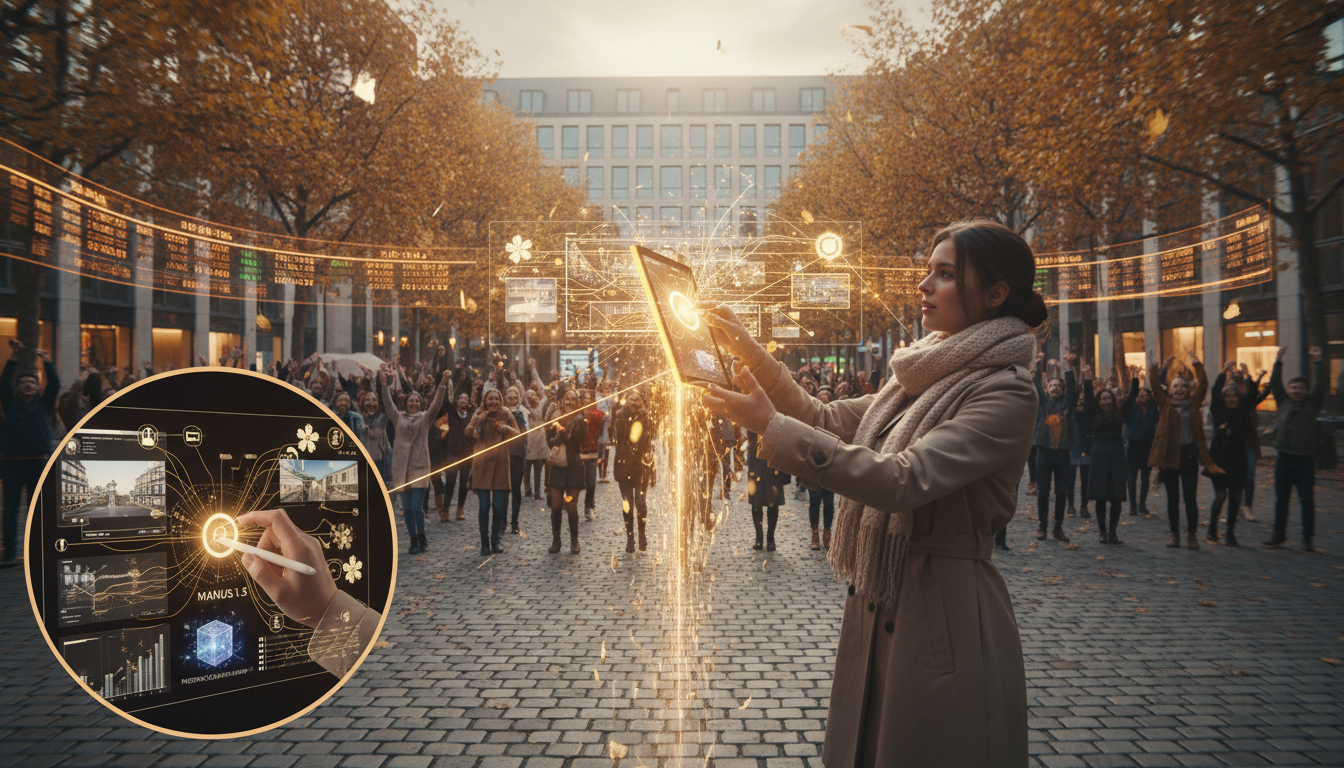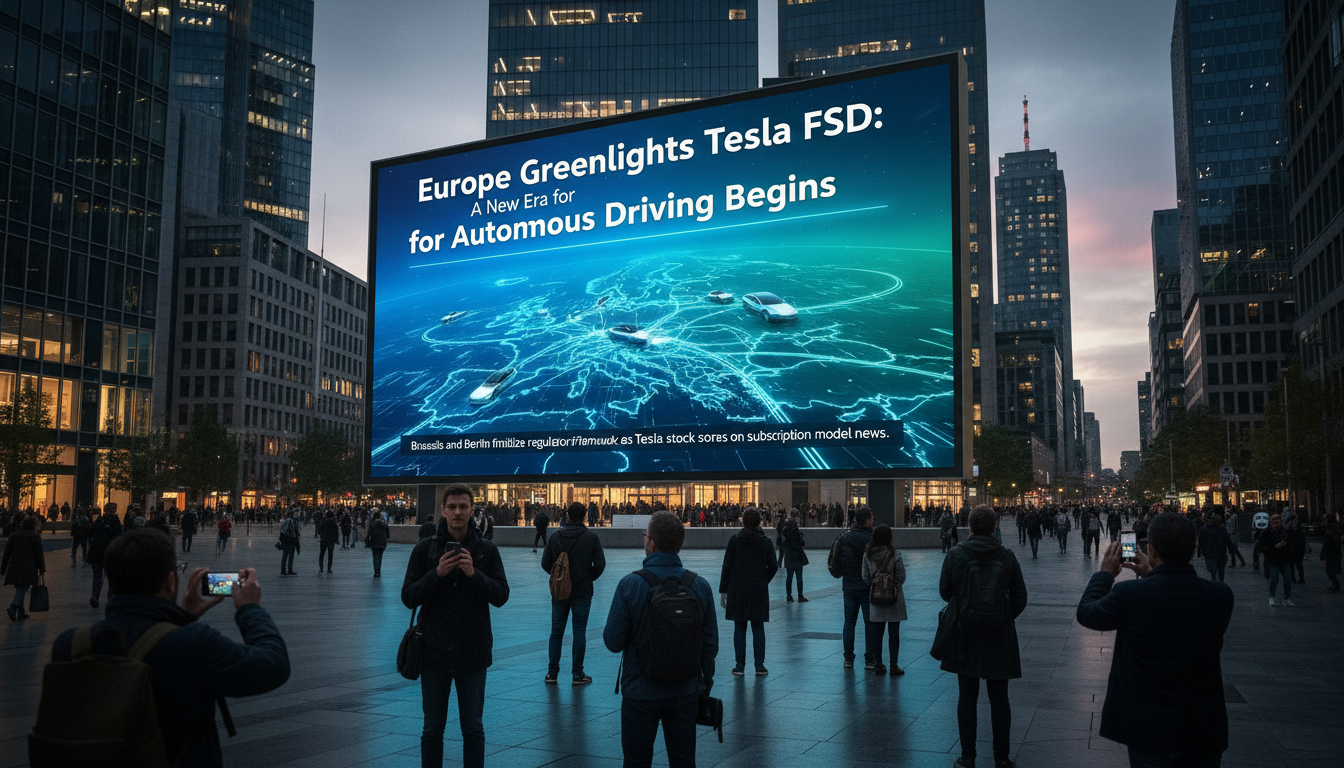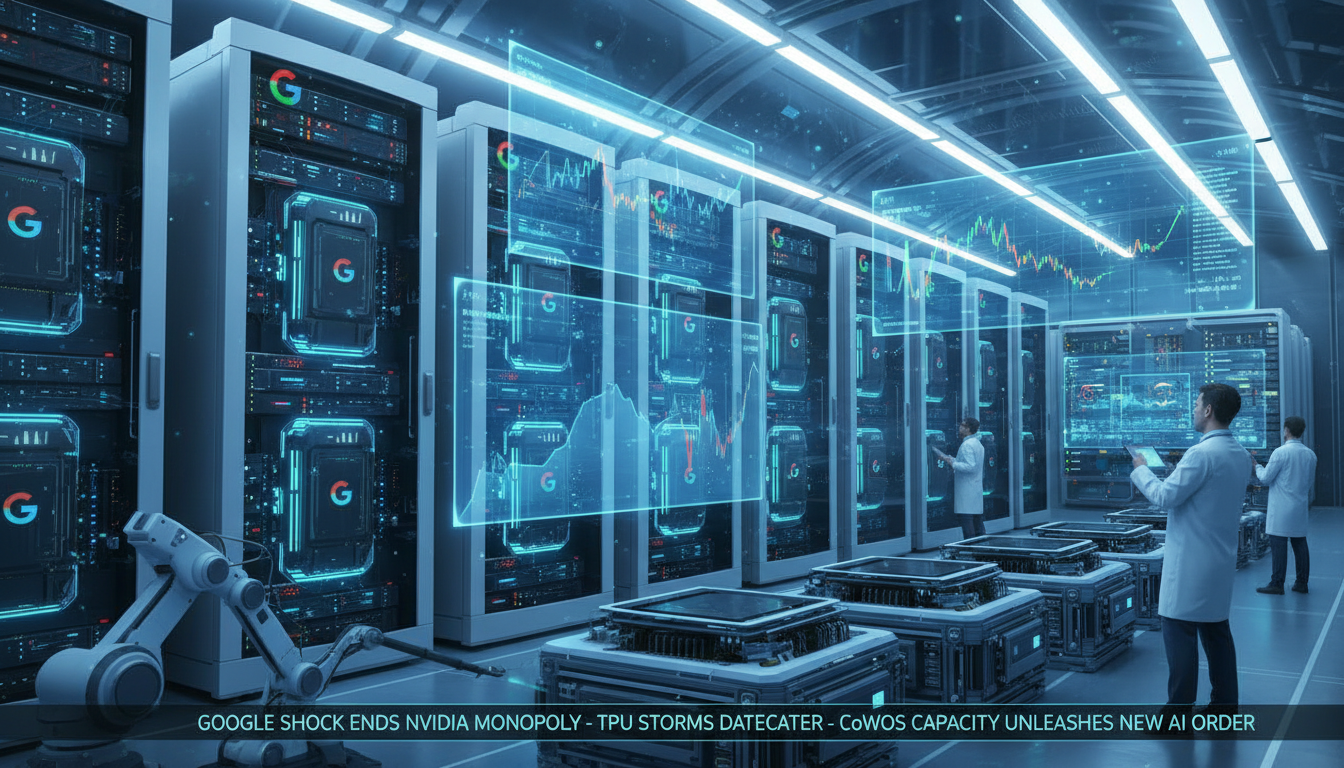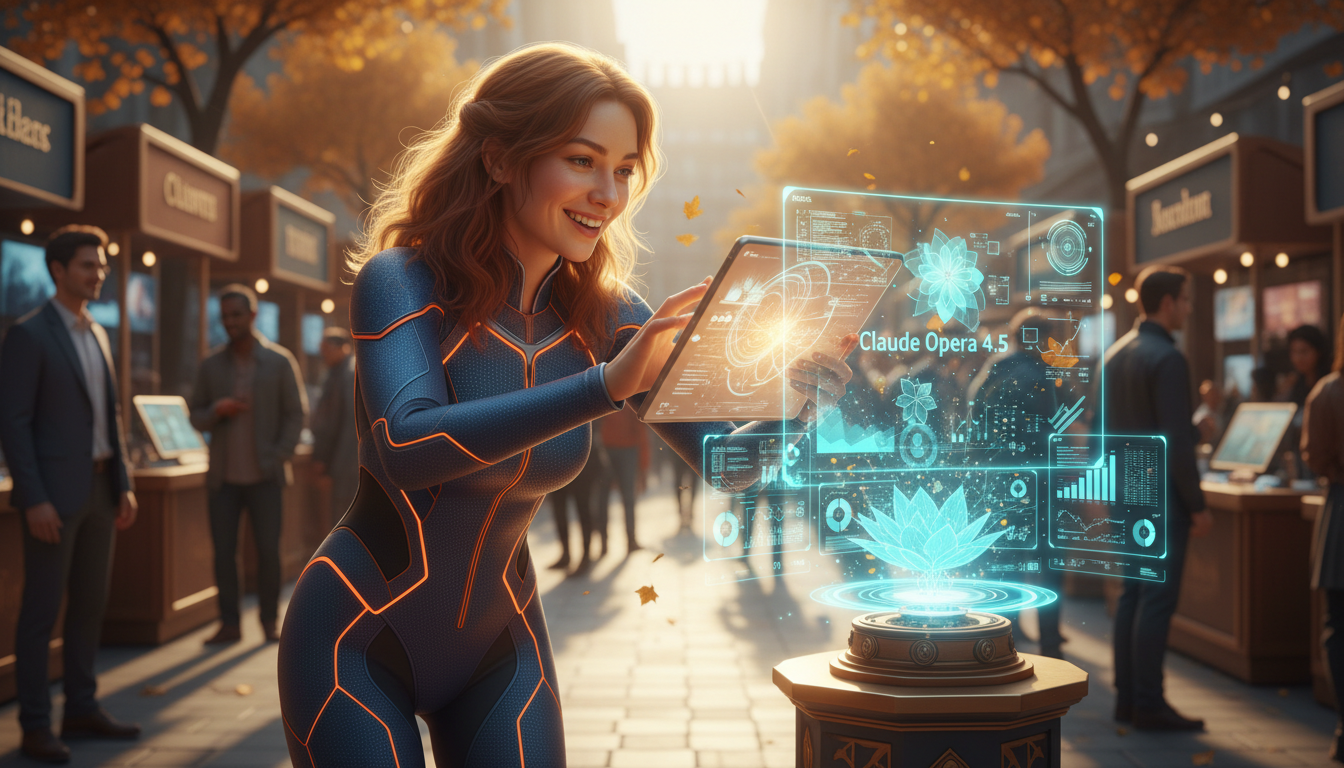● Shocking Economic Collapse Averted
Manus AI Agent 1.5: A New Horizon of Connectivity and Automation
Advancement and Innovation of Agentic AI
In the context of the global economy and the 4th Industrial Revolution, the AI trend is significantly impacting our daily lives.
The newly released Manus version 1.5 has further developed the concept of agentic AI, showcasing a system capable of autonomous task processing beyond traditional chatbots.
In particular, the ability for users to connect and utilize various apps (e.g., Google Email, Calendar, Notion, etc.) reveals the combination of Economic Forecast and AI Technology.
While previous AI was limited to simple conversational responses, it can now autonomously perform tasks such as web browsing, drafting emails, and visualizing data.
Outstanding Connectivity and the Role of MCP
The most prominent feature of Manus 1.5 is its ‘Connector’ function, which allows multiple apps to be connected simultaneously.
This is similar to how a USB-C port connects various devices at once, maximizing connectivity with multiple apps using the MCP (Model Context Protocol).
The reason it is gaining competitiveness in the global economy market lies in this integration capability, significantly improving task processing speed as diverse services are controlled by a single AI.
In particular, the demand for agentic AI is increasingly necessary in areas such as banking, securities, and financial information analysis for Economic Forecast.
Web Design and Data Visualization Innovations
Manus 1.5 supports various functions such as image generation, website templates, slide-based templates, and video editing, providing services that align with the 4th Industrial Revolution era.
Users can create simple websites within minutes, and instead of short video clips, it can automatically stitch together multiple videos to create a perfect video lasting several minutes.
Additionally, the visualization function neatly organizes data points, greatly assisting in preparing materials for YouTube or presentations.
Thanks to these innovative technologies, users can easily understand complex data and grasp global economic trends in real time.
Integrated Workflow of Manus AI
Manus 1.5 automatically explores internet sites according to real work flows, extracts needed data from PDFs, and integrates analysis results with Gmail, Notion, Google Calendar, etc.
For example, it can gather Tesla’s financial information to assess whether it reaches $500 and register the results in the user’s email and calendar with just a few commands.
In this way, agentic AI processes various needs of users simultaneously, maximizing work efficiency.
Such autonomous capabilities significantly contribute to the digital transformation of businesses in line with global economy and AI trends.
Key Summary to Capture Readers’ Interest
The Manus AI version 1.5 implements automated task processing by connecting various apps using agentic AI and MCP.
Through adaptive models, it provides optimized function classifications for users, with high applicability in various areas such as image generation, website creation, data visualization, and video editing.
In particular, login-based information collection through a cloud browser overcomes access restrictions of existing AIs, achieving excellent results in data analysis related to the global economy.
This innovative technology simplifies complex tasks, enhancing competitiveness in the fields of Economic Forecast, 4th Industrial Revolution, and AI Technology.
Readers are encouraged to experience how to utilize the Manus 1.5 version, reflecting the latest AI trends and global economic outlook firsthand.
[Related Articles…]Latest AI Technology TrendsGlobal Economic Outlook
*Source: [ 월텍남 – 월스트리트 테크남 ]
– 요새 에이전트 이렇게 안쓰면 시간 낭비입니다..ㄷㄷ
● AI Revolution Sparks Educational Transformation
The Copernican Revolution of Educational Innovation, the Need for the Revival of Human Comprehensive Ability in the AI Era!
Redefining Creativity in the AI Era
In the midst of economic forecasts and the upheaval of the Fourth Industrial Revolution, the existing competency-based education is showing its limitations.
As AI and artificial intelligence acquire key competencies such as creativity, judgment, and efficiency, the emotional impact and experiences that were once considered uniquely human are being highlighted as a new competitive advantage.
Director Park Woong-hyun’s concept of ‘comprehensive ability’ is a unique human capacity that can be restored through various humanistic experiences and emotions, going beyond a single area of expertise.
This suggests that in the face of global economic competition and AI trends, humanity must reclaim the value of ‘holistic education.’
Specialists vs. Generalists: The Need for a Copernican Shift
The education system, which has pursued specialization in various fields since the Industrial Revolution, shows its limitations when AI surpasses all areas of expertise.
Like primitive humans throughout history, the ability to develop comprehensive skills through multitasking and diverse experiences has emerged as a new essential competence in the AI era.
While specialized knowledge can easily be replaced by AI, the comprehensive judgment unique to humans, based on emotions and experiences, is difficult for machines to replicate.
Thus, the education system needs to move beyond mere memorization and advance learning to a direction that stimulates creative thinking through emotional experiences.
Experience and Emotion: A New Educational Paradigm
Stepping away from traditional content-centered education, educational experiences focusing on quality and emotional engagement are becoming increasingly important.
Humanistic experiences such as music, art, history, and literature offer students opportunities to build emotional and experiential awareness rather than simply memorizing information.
In actual classes, sharing emotions through brief music appreciation followed by discussions is an effective way for students to express what they have felt.
Such educational innovations will play a crucial role in nurturing more creative and comprehensive talents in a global economic environment.
Reconfiguring the Education Paradigm Post-Industrial Revolution
The educational system that has clung to specialization must now shift towards holistic education and comprehensive ability-focused education.
In the context of uncertainty in the global economy and the rapid advancement of AI technology amid the Fourth Industrial Revolution, ‘comprehensive ability’ gained through diverse experiences and emotions becomes even more critical.
In this context, both schools and families must support students in stepping out of traditional frameworks to experience and feel diverse humanistic, artistic, physical education, and AI-related experiences on their own.
This is an essential educational innovation that reflects the necessity for enhancing global economic competitiveness and adapting to new trends in the AI era.
[Related Articles…]• View Global Economic Outlook
• View AI Trend Analysis
*Source: [ 티타임즈TV ]
– “가정교육, 학교교육 코페르니쿠스 대전환 필요하다” (박웅현 작가)
● China’s Quantum Chip Shock, A.I. Revolution, Game-Changer
China’s Shocking Announcement of Photonic Quantum Chip, Key Innovation Points That Will Change the Global AI Competitive Landscape!
1. Shocking Technology Announcement and Economic Ripple Effect
Chinese researchers have announced the latest photonic quantum chip, claiming AI acceleration performance up to 1000 times faster than existing NVIDIA GPUs, which is shaking the foundations of the economy and the fourth industrial revolution.
This chip integrates over 1000 optical components on a 6-inch thick lithium niobate (Thin-film Lithium Niobate) wafer, fulfilling key SEO keywords related to global AI, semiconductor production, digital transformation, data centers, and AI acceleration.
In particular, calculations using optical signals generate less heat compared to traditional electronic signals, and the reduction in internal chip distance dramatically decreases latency, providing optimal efficiency for AI and data processing fields.
This technology is already being initially adopted in industries where high-performance computation is essential, such as aerospace, biomedicine, and finance, indicating rapid changes in the existing GPU-centered market structure.
2. Technological Innovations and Industrial Application Cases
The researchers have significantly accelerated the speed of digital transformation across the industry through the integration of semiconductor production and quantum computing technology, reducing the system construction period from the previous 6 months to 2 weeks.
Photonic quantum chips use the properties of light instead of electrons for calculations, therefore dramatically improving power consumption and heat issues while possessing more precise data transmission and processing capabilities.
Additionally, by applying the latest co-packaging technology to integrate electronic and optical components on the same wafer, the reduced data movement distance lowers the error rate and increases throughput.
Such technological innovations are establishing themselves as important keywords for data center innovations and AI acceleration in the global AI market, and are expected to significantly impact the global semiconductor production competitive landscape.
3. Global Competition and Future Outlook
This announcement from China acts as a crucial variable in international economic competitiveness as it represents the first mass-produced quantum chip certified for industrial use, amidst the existing technology powers like the U.S. and Europe, who are developing indium phosphide and silicon photonics technologies.
The researchers claim that this chip can establish a quantum integrated acceleration network capable of expanding up to 1 million qubits, which could become a core driving force for AI acceleration and maximized data center operational efficiency in global AI and digital transformation strategies.
Moreover, such technological innovations are expected to contribute to solving the structural problems faced by data centers, which have struggled with excessive power consumption and heat management issues.
Key semiconductor companies, including Nvidia in the U.S., are also ramping up developments in photonic and quantum technologies, suggesting that competition in the global market will become even more intense in the future.
4. Key Points to Focus on Now and Behind-the-Scenes Stories
The most significant feature of this announcement is that quantum and photonic technologies, which generally remained in the research phase, have now been transformed into commercially viable products that can be immediately applied in industrial settings.
In particular, the monolithic integrated design, which incorporates all components without modules on a single 6-inch wafer, is distinctly different from the small prototypes typically found in Western countries and has garnered attention.
Additionally, while the claim of 1000 times acceleration for specific AI operations may not apply uniformly to all tasks, it provides critical insights indicating that significant performance improvements can be expected in particular application areas.
Furthermore, the capability for large-scale production of quantum chips in terms of production line establishment and quality control represents a key behind-the-scenes story that could change the paradigm of AI and semiconductor production markets worldwide.
[Relevant Articles…]China’s Quantum Chip, Data Center InnovationFuture Industrial Innovation Driven by Semiconductor Production
*Source: [ AI Revolution ]
– China’s New Photonic Quantum AI Chip Shocked the World: 1000× Faster Than NVIDIA



